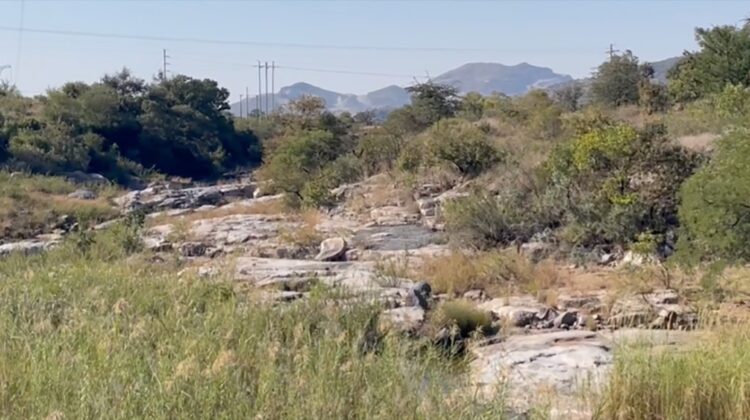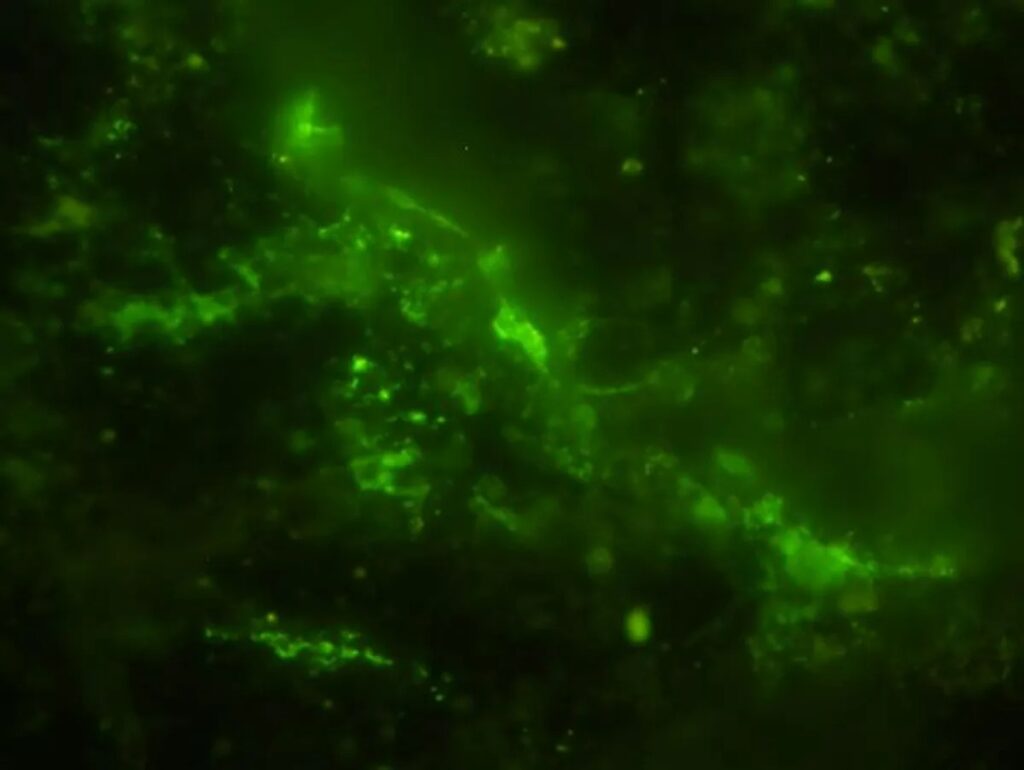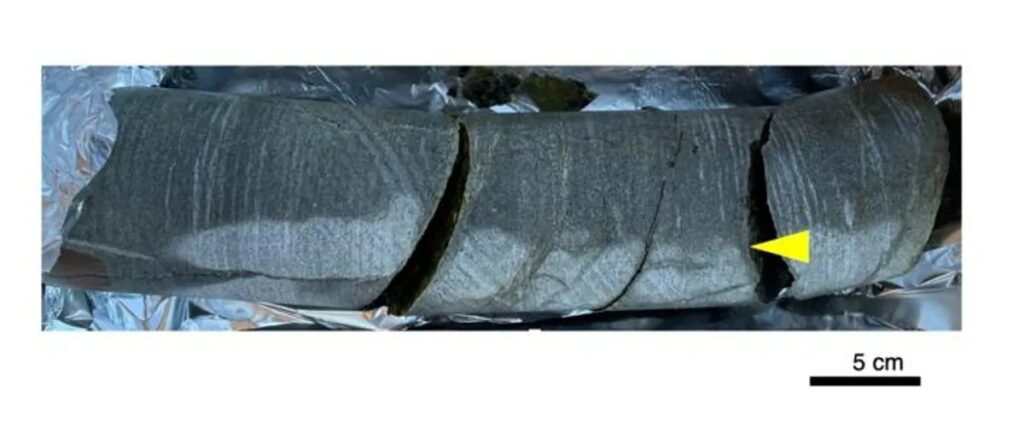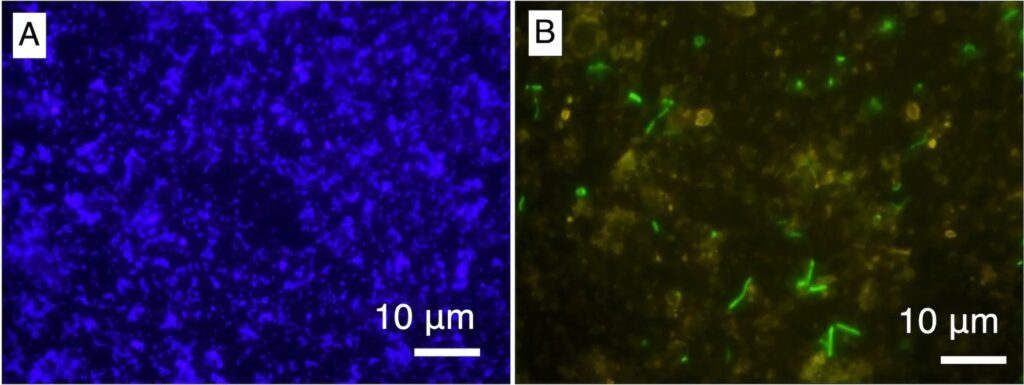
In a groundbreaking discovery, scientists have unearthed a 2-billion-year-old rock harboring living microbes, shedding light on the origins of life on Earth and the possibility of life on other planets. This discovery, made in the Bushveld Igneous Complex in South Africa, reveals the oldest living microorganisms ever found, encased in rock that dates back billions of years.
What Makes This Discovery So Significant?
Finding living microbes in such an ancient rock breaks new ground in understanding how life has persisted under extreme conditions for extended geological periods. Before this, the oldest microorganisms were discovered in 100-million-year-old deposits beneath the ocean floor. These newly found microbes have been thriving in sealed fractures within the rock, isolated from external contamination.

Image credit: Y. Suzuki, S. J. Webb, M. Kouduka et al. 2024/ Microbial Ecology
Lead researcher Yohey Suzuki from the University of Tokyo notes, “We didn’t know if 2-billion-year-old rocks were habitable. This discovery opens up a whole new frontier in understanding the evolution of life on Earth.”
How Do These Microbes Survive?
The microbes were found buried deep within the Earth’s surface, nestled inside a sealed fracture within a rock retrieved through the International Continental Scientific Drilling Program. These organisms live under conditions far removed from sunlight and oxygen, evolving at an incredibly slow metabolic rate. Their ability to survive for such long periods is a testament to their resilience, and provides scientists with clues about how life can persist in extreme environments.

Image credit: Y. Suzuki
Could These Ancient Microbes Be the Key to Finding Life on Mars?
Suzuki’s research has broader implications beyond Earth. NASA’s Perseverance Rover is set to return Martian rock samples that are of similar age to those in which the ancient microbes were found. If life has managed to survive on Earth in such extreme conditions, it may also exist in similar environments on other planets, including Mars.

“I am very interested in the existence of subsurface microbes not only on Earth, but also the potential to find them on other planets,” says Suzuki. This discovery strengthens the potential for finding life forms on Mars or other celestial bodies with similar ancient, rock-encased environments.
A Glimpse Into the Past – And the Future
This discovery could unlock new chapters in understanding the early evolution of life. By studying the DNA of these ancient organisms, researchers hope to uncover clues about the origins of life on Earth, and perhaps even provide a roadmap for identifying life elsewhere in the universe.

The discovery of 2-billion-year-old microbes thriving in ancient rock samples not only pushes the boundaries of science on Earth but also ignites hope in the search for extraterrestrial life. As NASA’s Mars rover continues its mission to bring back Martian rock samples, we may be on the cusp of one of the most important scientific breakthroughs in human history.

Leave a Reply